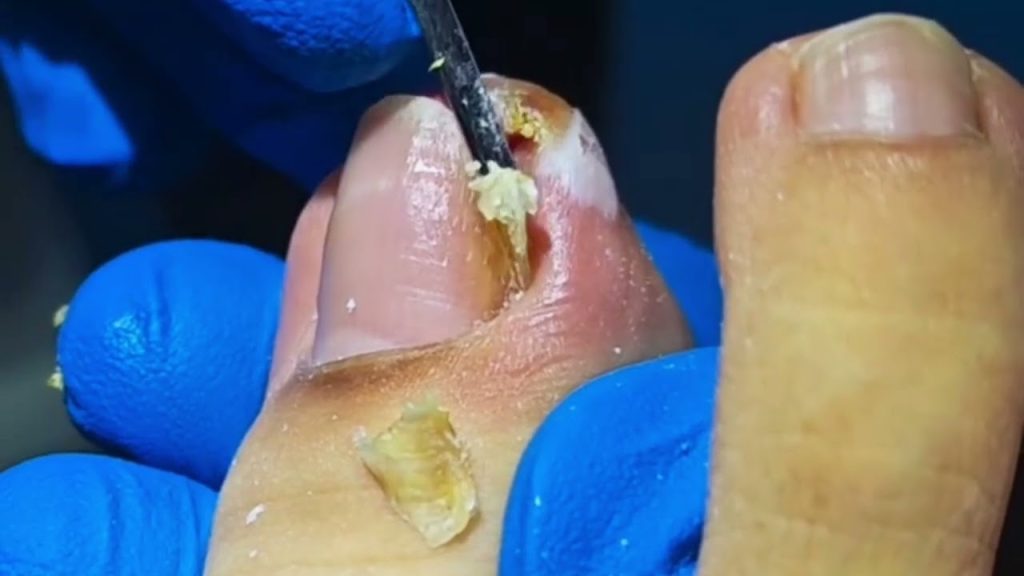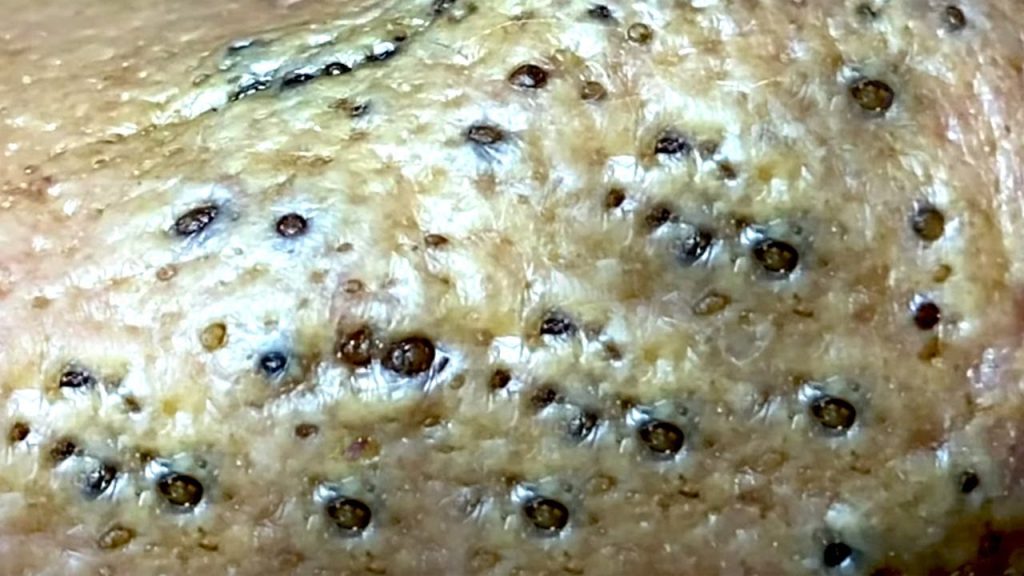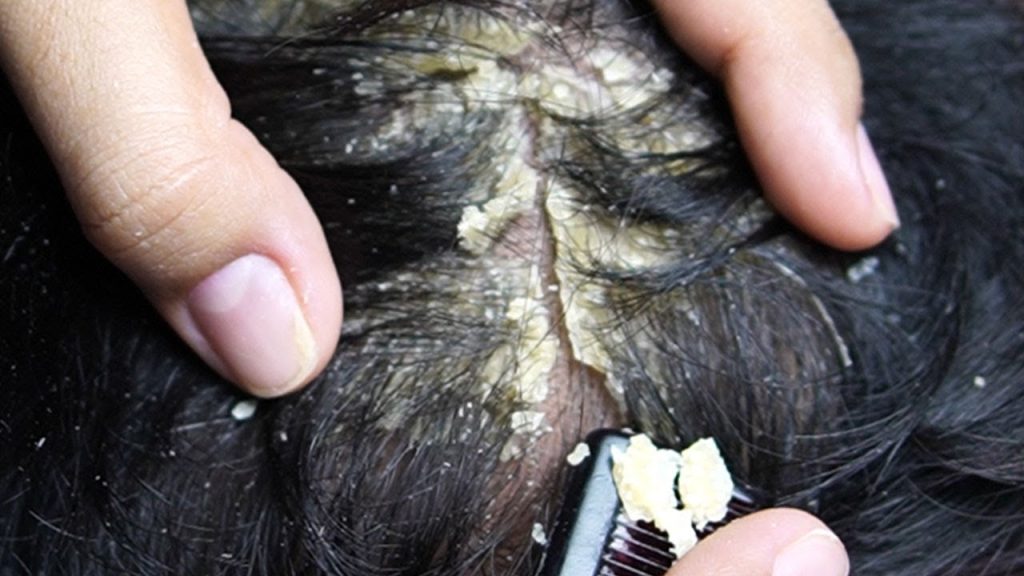Comments Off on WARNING: Don’t Try to Remove an Ingrown Toenail Yourself

An ingrown toenail can be painful and tempting to fix on your own, but attempting to remove it without proper knowledge or tools can lead to serious complications. Here’s why you should avoid self-removal and what to do instead.
What Is an Ingrown Toenail?
An ingrown toenail occurs when the edge of a toenail grows into the surrounding skin, causing pain, redness, and swelling. It commonly affects the big toe and can worsen if not treated correctly.
Why You Shouldn’t Remove It Yourself
- Risk of Infection: Cutting or pulling at the nail can introduce bacteria, leading to an infection that may require antibiotics or medical intervention.
- Improper Technique: Without the right tools and knowledge, you risk worsening the problem or causing the nail to grow incorrectly again.
- Pain and Bleeding: Self-removal can be extremely painful and result in unnecessary bleeding or damage to the surrounding tissue.
- Underlying Issues: Conditions like diabetes or poor circulation make self-treatment particularly dangerous, as even minor wounds can lead to serious complications.
What to Do Instead
- Soak Your Feet: Soak your foot in warm, soapy water with Epsom salt for 15–20 minutes, 2–3 times a day. This reduces swelling and softens the skin.
- Apply a Topical Antibiotic: Prevent infection by applying an over-the-counter antibiotic ointment.
- Use Cotton or Dental Floss: After soaking, gently lift the nail edge with a sterile tool and place a tiny piece of clean cotton or dental floss under it to encourage proper growth.
- Consult a Podiatrist: If the condition worsens or persists, seek professional help. A podiatrist can safely trim or remove the nail under sterile conditions.
Prevention Tips
- Trim nails straight across, not rounded.
- Avoid tight shoes that put pressure on your toes.
Leave ingrown toenail care to the experts for safe, effective reli



